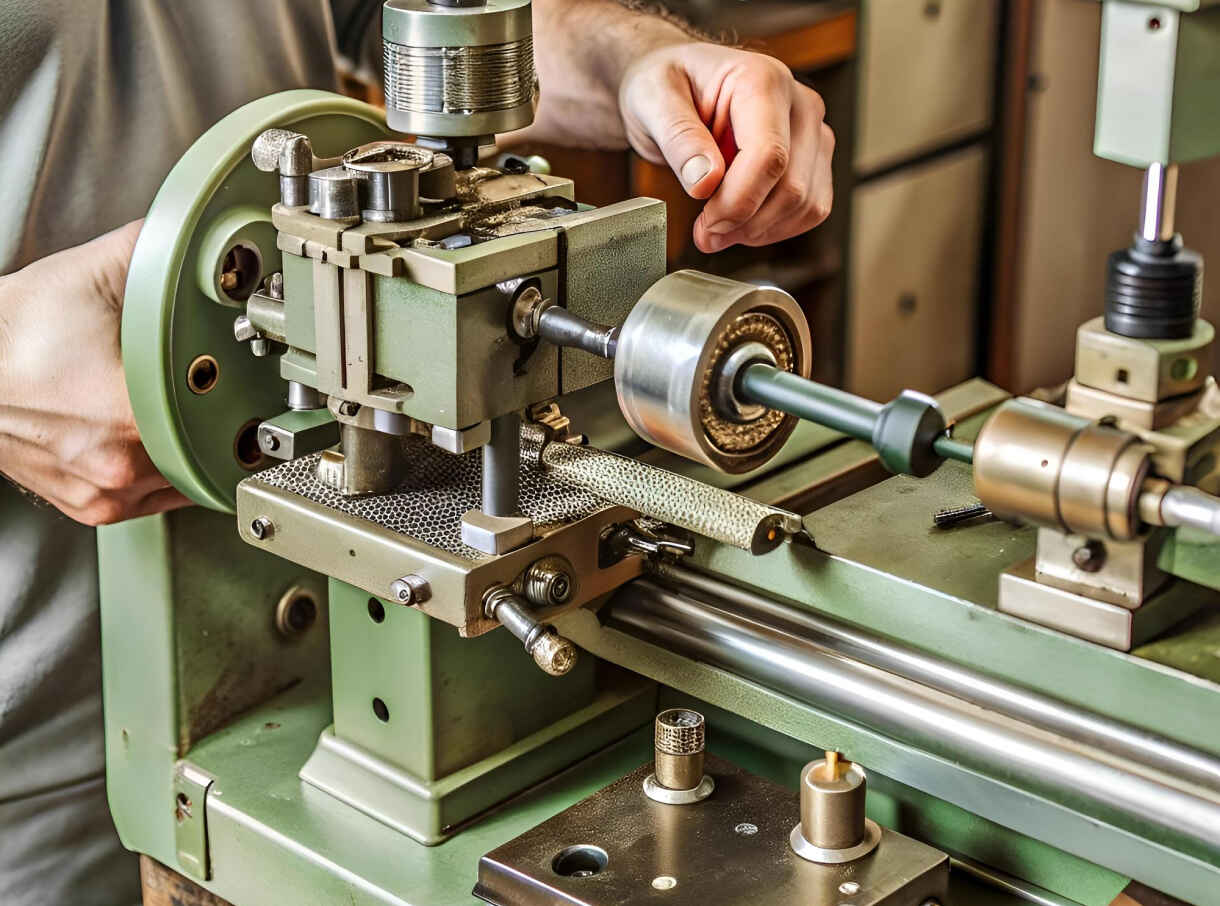Jigs & Fixtures

What Are Jigs?
A jig is a custom-made tool used to guide and position a cutting tool, such as a drill bit or milling cutter, onto a workpiece. Its primary function is to ensure that holes, cuts, or other operations are made accurately, even when parts are produced in high volumes. Jigs typically hold the workpiece in a fixed position, but unlike fixtures, they can be moved along with the tool to help create intricate and consistent patterns.
Advantages of Jigs:
xJigs guide the tool to ensure consistent accuracy, reducing errors and improving product quality.
Increased Production Speed: By providing a pre-set path, jigs save time in positioning, making it easier for operators to achieve quick, repetitive cuts or drills.
Versatility: Jigs are designed to suit specific tasks, such as drilling or reaming, and can be easily customized for different operations.
Reduced Dependency on Skill Level: Since jigs guide the tool, operators require less skill to achieve precise outcomes, which can be beneficial in high-production environments.
- Enhanced Precision
- Increased Production Speed:
- Versatility
- Reduced Dependency on Skill Level
What Are Fixtures?
- Consistent Positioning
- Stability
- Improved Efficiency
- Cost-Effectiveness in Large Runs